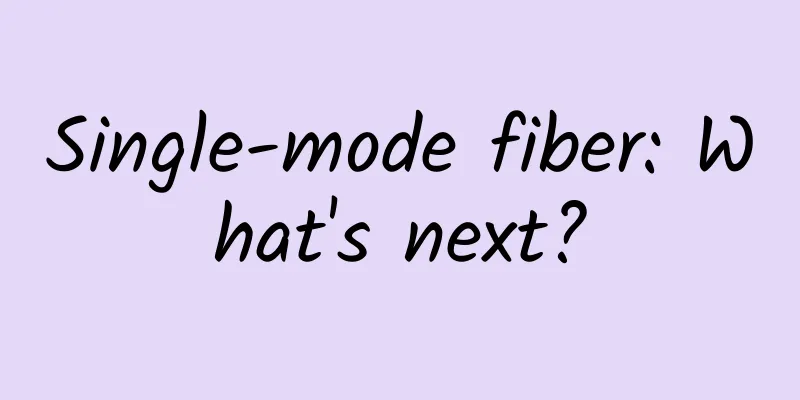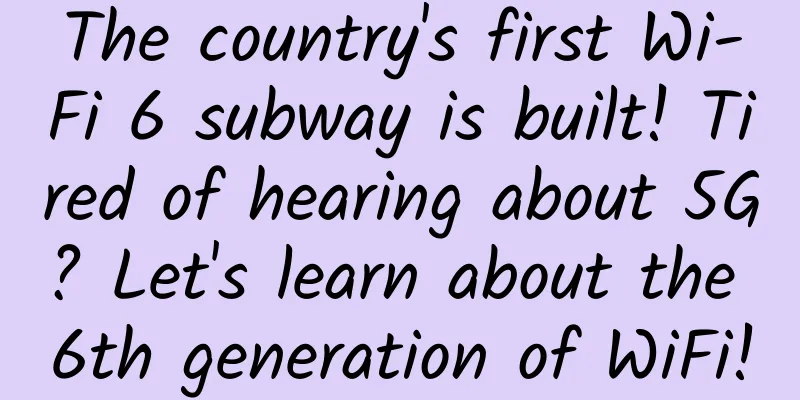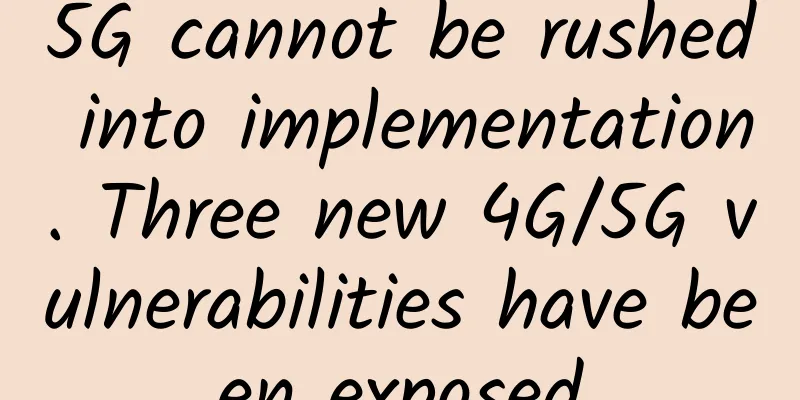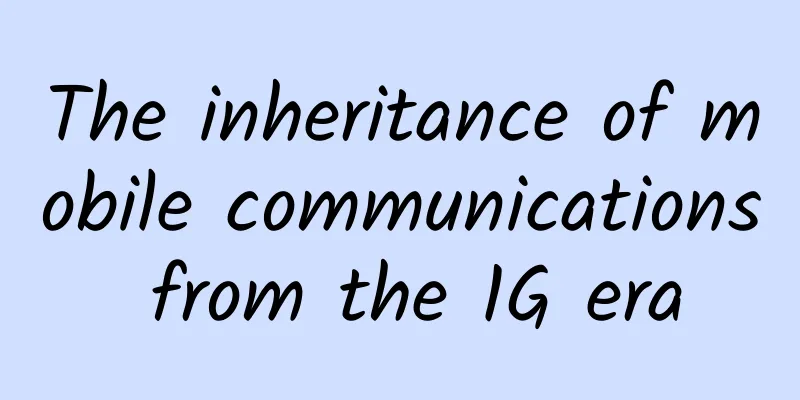Single-mode fiber: What's next?

|
As the demand for high-speed, reliable networks continues to grow, single-mode fiber optic cable (OS2) is becoming increasingly popular as a future-proof solution. As this trend continues, new data centers will find OS2 fiber to be a more attractive option. In this article, we will explain the advantages of single-mode fiber optic cable and discuss the emerging trends that can transform communications. OS2 still dominates long-distance transmissionSingle-mode fiber, also known as single-mode optical fiber, is a type of optical fiber that allows only one mode of light to propagate. To transmit signals through single-mode patch cords, a laser light source is usually used. Light travels through the fiber in a single mode, reflecting from the inner walls of the fiber core. The single-mode nature of the fiber ensures that the light reaches the receiving end of the fiber with minimal distortion and loss. You can click Single-mode optical fiber base: types and applications for more information. The core of single-mode fiber glass is narrower than multi-mode. Single-mode's smaller core minimizes reflections of the light passing through, so there is less signal attenuation or strength loss. By adopting SFP+ transceivers operating at 1550nm, single-mode fiber cables can transmit signals over distances of more than 100 kilometers with almost unlimited bandwidth. Multi-mode fiber has a larger core diameter, and light can travel through multiple paths. It has more signal attenuation, so it is best suited for shorter distances, usually a maximum distance of 300m to 550m. Therefore, single-mode fiber optic cables still dominate in long-distance transmission. What is the next trend for OS2?Performance EnhancementsThe International Telecommunication Union (ITU) has been continuously improving the industry standards for OS2 fiber, from G.652 fiber to G.657 fiber. These standards (such as G.657.A1/A2/B2/B3) are designed to optimize the bend-insensitive characteristics of single-mode patch cords to meet the complex connection requirements in 5G and other demanding scenarios where space is limited or cabling requires sharp bends. Looking ahead, in order to adapt to higher data rates and more challenging transmission environments, we will continue to focus on the optimization of parameters such as the bending radius of single-mode optical fibers. In addition, there is an increasing call for the development of new materials such as halide glass fibers, fluorides, and heavy metal oxides to manufacture optical fibers. The application of these new materials may provide new directions for the further development of single-mode optical fiber technology. Integration with emerging technologiesSingle-mode fiber is widely used in 5G network construction and fiber-to-the-home (FTTH) solutions. It provides high transmission bandwidth and long-distance capabilities, making it suitable for large-capacity and high-speed data transmission requirements. In 5G networks, OS2 fiber is preferentially used in core networks and long-distance links, paired with 25G SFP28 optical modules, which have a transmission optical power of -7~+3dBm and a transmission distance of up to 10km. In FTTH deployments, single-mode distribution cables ensure reliable signal quality over long distances, connecting users' homes or offices to fiber-optic network infrastructure. The aggregation and access layers of 5G networks face the challenge of limited cabling and duct resources. To address this problem, the fiber optic industry is actively developing more compact optical cables, reducing their diameter and size. Corning's SMF-28 optical fiber is a good example. Because it allows the coating thickness to be reduced by up to 45 microns. This reduces the total cable diameter from 245 microns to 200 microns, providing a solution for limited space in complex network links. Reaching cost paritySingle-mode and multimode patch cables cost about the same, with the main difference in cabling costs being the transceiver. On average, single-mode transceivers still cost 1.5 to 4-5 times more than multimode transceivers, depending on the data rate. However, experts predict that the price difference between single-mode and multimode transceivers will gradually narrow in the coming years. This convergence is attributed to the growing demand of large data centers and advances in silicon photonics technology. Silicon photonics technology enables high-bandwidth, software-configurable access to computing and storage resources, facilitating the separation of hardware and software components in modular data centers based on software-defined infrastructure (SDI). in conclusionThe next trends in single-mode fiber revolve around performance enhancements, integration with emerging technologies, and price parity with multimode fiber. These trends will shape the future of single-mode patch cables, ensuring it remains the solution of choice for data centers and enterprise networks. The innovation and promise of single-mode fiber technology shows its great potential in the communications sector. |
<<: Explore the changing landscape in 2024
>>: Ten techniques for API protocol design
Recommend
Software Development Cloud and Jiefanghao have made a big move, making your development efficiency soar in 30 seconds
There is a big surprise ahead, developers please ...
Signaling analysis: Why did KDDI's major outage last for 60 hours?
The KDDI network failure that occurred a few day...
Monaco becomes the first country to have full 5G coverage, supported by Huawei technology
According to foreign media reports, on July 9 loc...
British media: Britain is likely to fail to achieve broadband and 5G targets by 2025
According to a report on the BBC website on Decem...
[Black Friday] CMIVPS Hong Kong VPS Hosting 30% off, Hong Kong/US Dedicated Server 10% off
CMIVPS has released a Black Friday discount plan,...
SoftShellWeb: Taiwan (Taipei) VPS starts at $49 per year, Netherlands VPS starts at $24 per year
SoftShellWeb is a foreign hosting company establi...
DNS Troubleshooting Collection
When I first learned about DNS, I thought it coul...
6G is on the way, what is the terahertz technology behind it?
With the release of the world's first 6G whit...
20 industries that 5G technology can change
5G is changing the way we connect. The technology...
edgeNAT recharge 500 yuan to get 100 yuan, 20% off for monthly payment and 30% off for annual payment for all VPS/Korean independent servers
edgeNAT has launched a new promotion. This month,...
What problems do HTTP/1, HTTP/2, and HTTP/3 solve?
What problems does each generation of HTTP solve?...
5G edge computing is here, it will make supercomputers ubiquitous
AT&T was the first to propose the concept of ...
5G bearer technologies have their own advantages, but optical fiber transmission is still a mystery
Recently, China Telecom released the "5G Era...
How to quickly optimize your home Wi-Fi in 30 minutes? Alibaba engineers have a trick
Abstract: Modern people cannot live without mobile...






![[Restock] Bricklayer Los Angeles CN2 GIA (DC6/DC9)/Japan Softbank special price $46.6/year](/upload/images/67cabd08b768b.webp)


